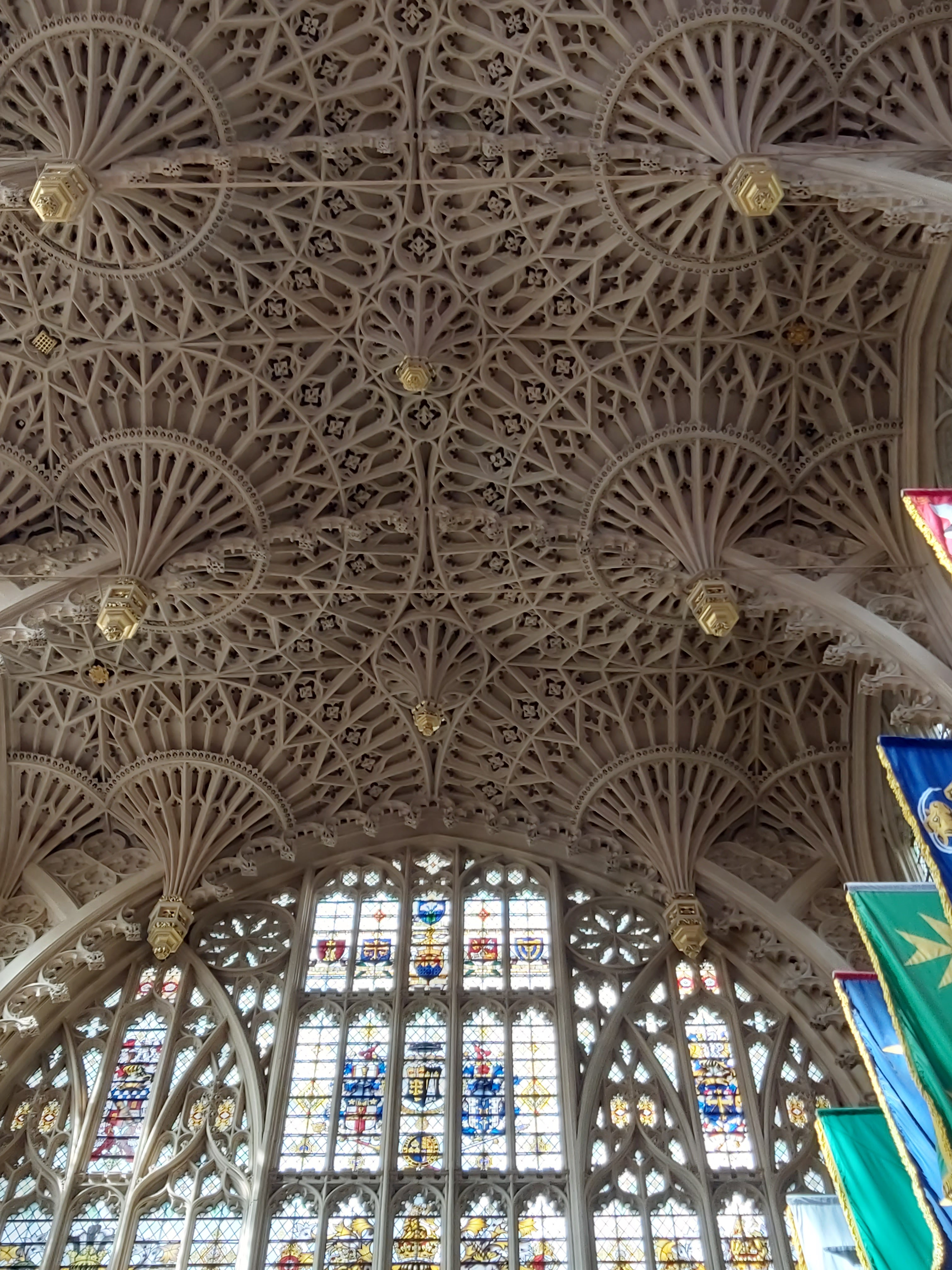My little amateur
blog was a bit intimidated to be visiting Westminster Abbey. The abbey is an
exceptional building. It is not controlled directly by church authorities, but
by the monarch himself or herself. Perhaps this is why you have to pay 25 pounds
to get in, since we all know the royal family is short of a bob or two.
I have friends who do
not like cathedrals, because they represent for them the power of religion,
which has very frequently been deployed in the interests of the 1%, against the
mass of the people. But cathedrals were built by workers, not bishops, and they
often employed the best artists of the time.
To get back to
Westminster Abbey, this is of course where you get coronated and buried if you
are a king or queen. But some important people are buried here too. Poets and
scientists in particular, the most recent name being that of Stephen Hawking.
As well as actual tombs, there are many commemorative plaques for respected
writers and scientists, from Faraday to Jane Austen, Haley to George Eliot,
Shakespeare to Newton. Chaucer is buried here too. Edward Lear and Charles Darwin! John Clare and Edmund Halley (who has a plaqu ein the shape of a comet). Cromwell's body was here for a while
until the restored monarchy dug him up and displayed his body publicly in four
episodes.
Nevertheless mostly
you will see tombs of villains, mostly dukes of this or lieutenants of that.
From Henry II who crushed the peasants’ revolt to a plaque commemorating the
(colonial) Indian Civil Service, claiming they worked for good of India from
1858 to 1947. There are also plaques for those "of the British race" who "served" this or that colony until thrown out on their ear.
Fabulous sculpted
ceiling, a couple of nice pulpits, and beautiful medieval tombs of Kings and
all that.
Elizabeth 1st ( the
protestant) and Mary 1st ( the catholic) are buried together, even though
their reigns were each marked by multiple executions of those of the other
faith. Touchingly, next to their tomb there is a (very recent) plaque
commemorating the martyred of both sides of the Reformation.










































































